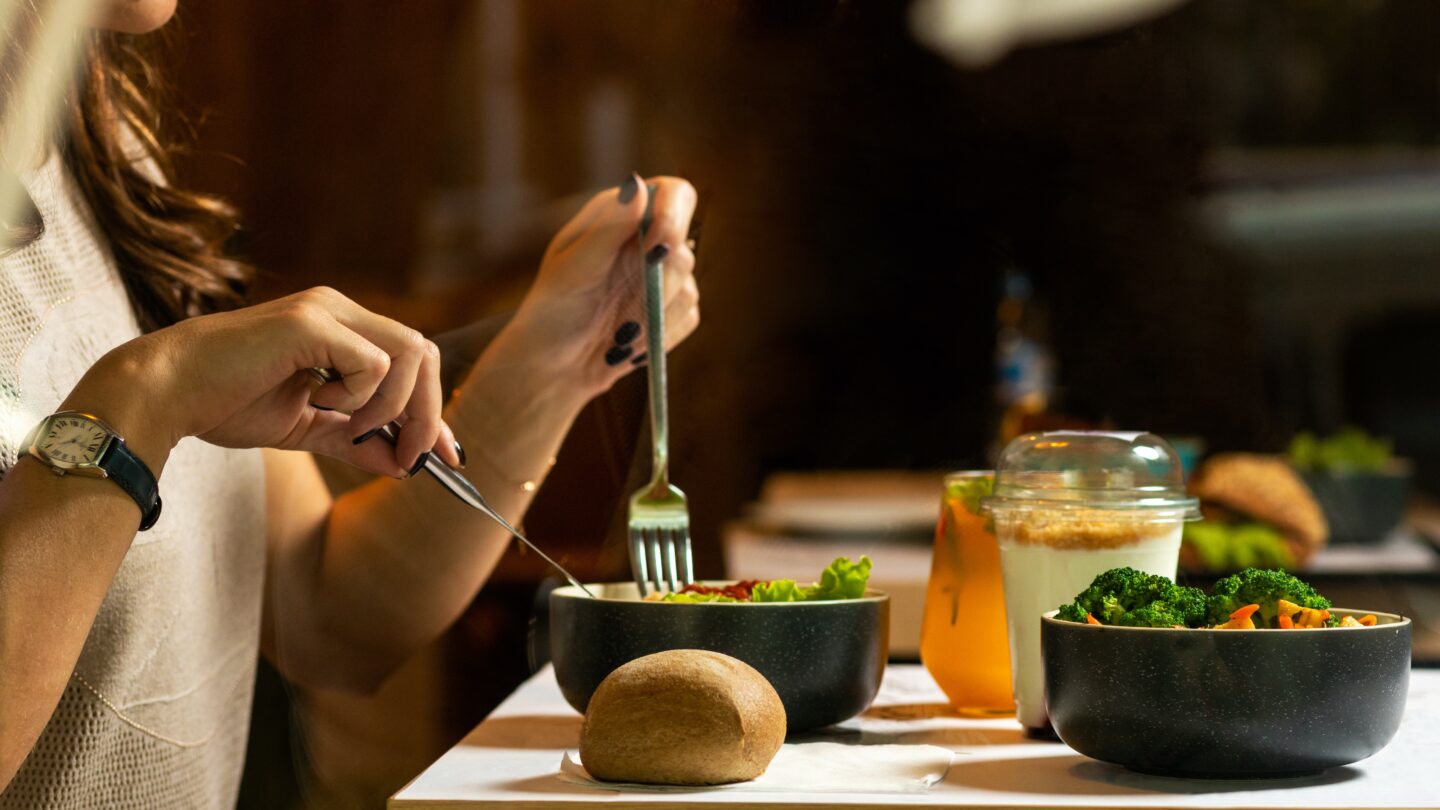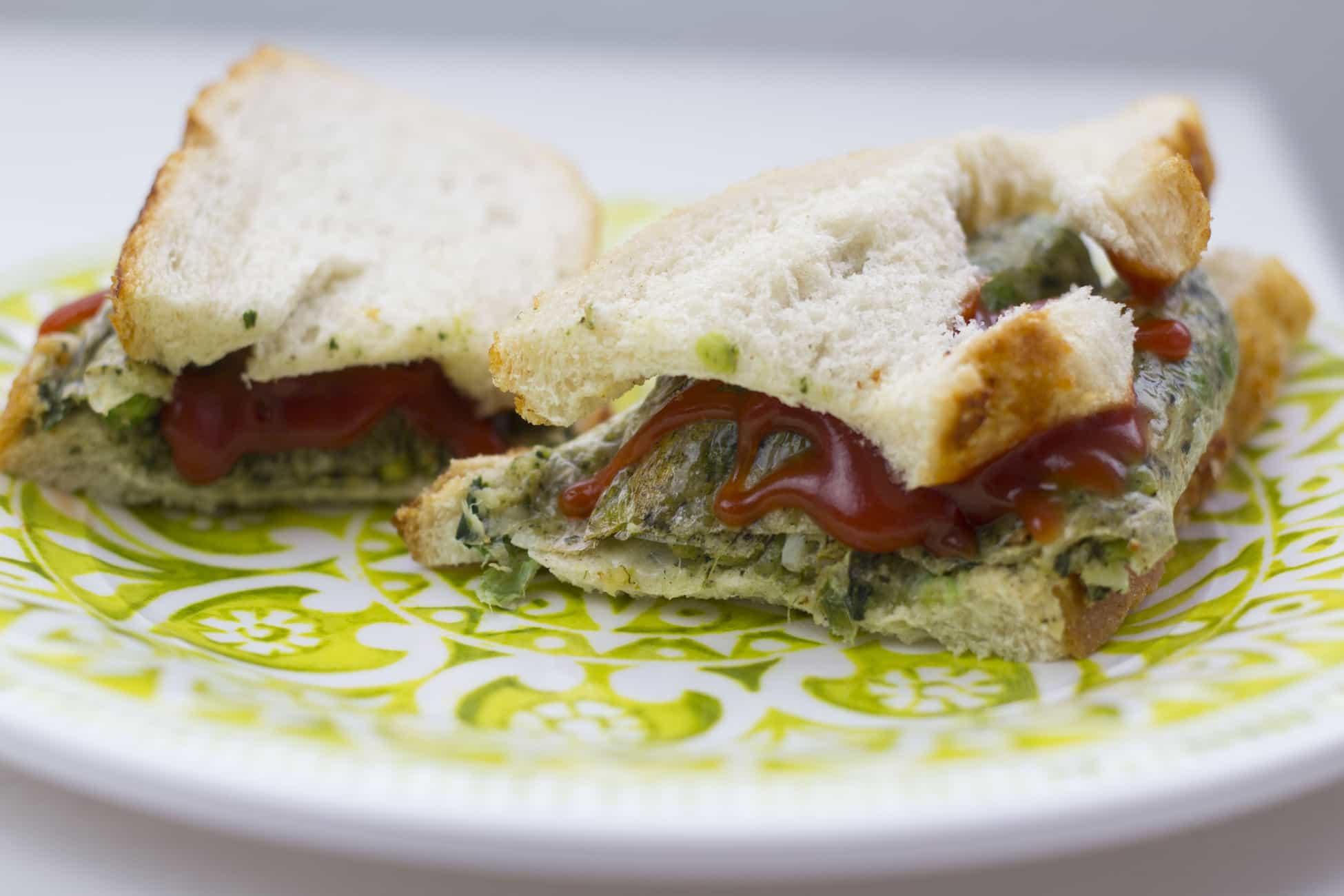
Introduction to Taste and Flavour
When we discuss what foods and drinks we like the taste of, heated discussions can often ensue about what tastes good and what doesn’t, with someone ultimately declaring the oft-repeated rhetorical question (or something similar), “Well it’s subjective, isn’t it?”. Well, although there is some subjectivity when tasting, a food or drink can be objectively out of balance and therefore not very good or actually quite bad.

First, let’s look at the difference between taste and flavour.
Taste is a combination of taste sensations which we experience when something touches the tongue, and flavour is the sensation which is experienced when food or drink enters the mouth.
Taste buds are located on the tongue and they have different types of cells that react to different flavours.
Flavour is created by stimulating these cells with substances like salt, sugar, and fat.
Taste is what we perceive on our tongue and includes the following five: salt, sweet, bitter, acid and umami (the fifth taste often described as savoury/meaty). Just about everything else is a flavour (or aroma) and is perceived by our olfactory gland behind our eyes in the nasal passage. Therefore, when we say we can taste vanilla, for example, what we are actually doing is sensing the flavour or aroma of vanilla.
There are some sensations in and around the mouth called trigeminal effects which include the more physical senses such as the prickle of CO2 in fizzy drinks, the different burns of chilli, mustard and horseradish, the astringency of tannins in tea and red wine and the cooling effect of menthol and mint. It is important to consider these when creating a recipe. Here we take a look at what can influence flavours.
Genetics
Humans evolved to enjoy and crave sweet food, probably because acidic fruit turns sweeter as it gets riper and more suitable to eat. Poisons generally have an acidic and butter taste so we are predisposed to dislike them. We also crave salty foods because salt is essential to our diet, but obviously too much can be a bad thing.
Age and Gender

Children and younger people prefer sweeter foods and as we get older we get accustomed to more tastes and can accept different foods. Generally we have to try a new food 13 times before we can get accustomed to the taste, and this is especially the case with more unusual flavours such as olive or fish. Gender doesn't play too much of a part in taste, except for a social effect - women tend to prefer smaller lighter meals whereas men like to go for bigger, meatier and spicier foods.
Seasons
We all know that our tastes change with the seasons. We prefer stronger tasting, heavier and more flavourful foods in the winter when we crave comfort and warmth. In the summer we tend to prefer lighter foods such as salads with a delicate dressing and fruity, citrus flavours.
Sentimentality
Certain flavours remind us of moments or places in our lives. For example I had the best pesto lasagne in Florence once and pesto always evokes the memory. Similarly ice cream from an ice cream van brings back memories of holidays with my grandmother. Although as we get older our taste buds change, we are likely to still enjoy these flavours because of the nostalgia behind them.

Cultural norms
Different cultures can have very different tastes in food. For example the western diet (USA and the UK for example) have diets high in fat, sugar and salt and we eat a lot of processed food. In rural Italy the fresh mediterranean diet is what they are used to and has lots of health benefits - they would likely find the USA diet too sweet and high in fat. In Japan in contrast for example breakfast often consists of fish and a rice dish - this would be totally alien to us in the UK.





Leave a Reply